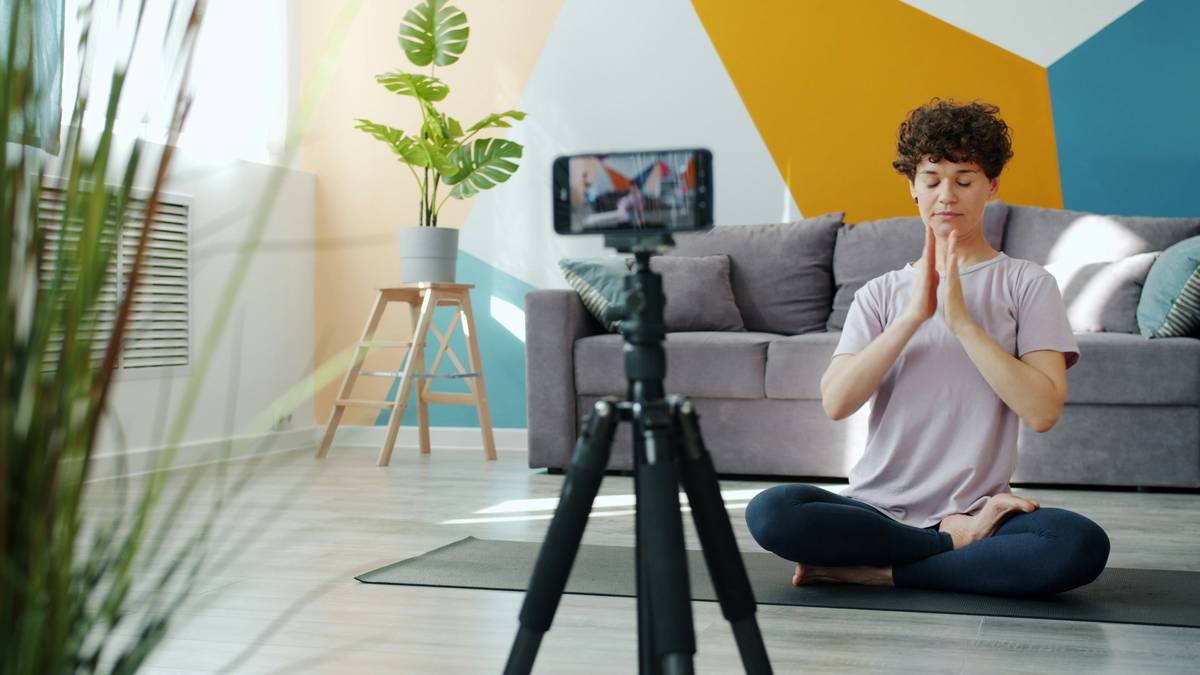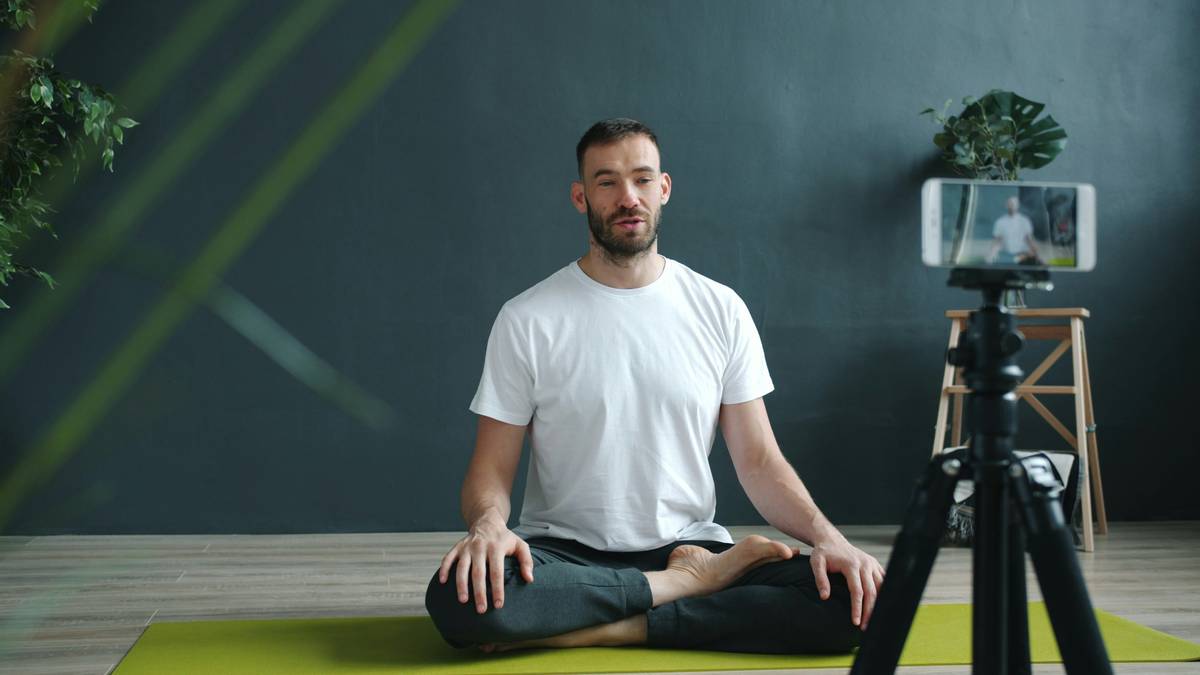Ever felt like your emotions were running the show while you scrambled to keep up? You’re not alone. In today’s fast-paced world, stress is practically a full-time job for most of us. From juggling deadlines to managing personal relationships, our mental wellness often takes a backseat—until it crashes like an overloaded laptop fan. That’s where mood sync software comes in.
In this post, we’ll explore how mood sync software can transform your stress management routine. By the end, you’ll know exactly why this innovative tool could be the missing piece in your mental wellness puzzle. We’ll cover:
- The rising need for digital solutions to combat stress and anxiety.
- What makes mood sync software stand out from other stress management apps.
- Actionable tips on integrating these tools into your daily life.
- Real-life success stories that prove their effectiveness.
Table of Contents
- Key Takeaways
- Why Stress Is Winning the Battle Against Us
- Step-by-Step Guide to Using Mood Sync Software
- Tips and Best Practices for Maximizing Results
- Success Stories: How Real People Are Thriving
- Frequently Asked Questions About Mood Sync Software
Key Takeaways
- Mood sync software offers personalized strategies to manage stress in real time.
- These apps use AI-driven insights to track patterns and suggest actionable steps.
- User-friendly interfaces make them accessible even for tech novices.
- Consistent use leads to measurable improvements in emotional resilience.
Why Stress Is Winning the Battle Against Us
Let me confess something deeply embarrassing. A few months ago, I tried meditating every morning—but instead of Zen vibes, all I got was a full-blown panic attack because my calendar pinged with back-to-back reminders. Yeah, not ideal. This kind of relentless pressure has become the norm for many people. Studies show that over 77% of adults experience physical symptoms caused by stress, ranging from headaches to insomnia—and let’s not forget the toll it takes on our mental health.
Here’s the brutal truth: Most stress management techniques don’t work because they’re either too generic or too complicated. Enter mood sync software—a category of cutting-edge stress management apps designed to adapt to YOUR unique needs. These tools aren’t just another shiny app; they’re more like having a therapist, journal, and meditation coach rolled into one sleek interface.

Above: Common physical and mental symptoms of chronic stress.
Step-by-Step Guide to Using Mood Sync Software
Optimist You: “I’ve downloaded the app! Now what?”
Grumpy You: “Ugh, fine—but only if coffee’s involved.”
Alright, let’s dive in:
Step 1: Set Up Your Profile
Most mood sync software starts with creating a detailed profile. Think of it as the foundation for everything else. Input basic info about your lifestyle, sleep habits, and stress triggers (e.g., deadlines, family drama). The AI will analyze this data to offer tailored recommendations.
Step 2: Start Tracking Daily Check-Ins
Mood tracking is where things get interesting. Spend two minutes each day rating your mood, energy levels, and any notable events. Apps like Moodpath and Daylio are great examples of tools offering similar features—but true mood sync software goes deeper by cross-referencing multiple variables to identify trends.
Step 3: Engage With Personalized Activities
Based on your inputs, the software suggests calming exercises, breathing techniques, or motivational prompts. If meditation seems daunting, fear not—it might recommend simpler tasks like journaling or taking five mindful breaths. It’s chef’s kiss for drowning out chaos.

Above: An example of a mood sync software interface visualizing user data.
Tips and Best Practices for Maximizing Results
Tip #1: Be Consistent
Duh, right? But seriously, consistency is key when using mood sync software. Even skipping a single day can disrupt its ability to spot meaningful patterns.
Terrible Tip Disclaimer!
If someone tells you to ignore notifications from your mood sync app because “you already know what stresses you,” slap them with knowledge. Notifications remind you to check in, which helps build lifelong habits.
Rant Section: Why Generic Wellness Advice Fails
I cannot STAND those bland posts telling you to “breathe deeply” without acknowledging how hard it actually is during a meltdown. *Dear Internet,* stop suggesting cookie-cutter solutions unless backed by science—or at least decent UI design. Thankfully, mood sync software does both.
Success Stories: How Real People Are Thriving
Tina, a freelance graphic designer, used to spiral into anxiety whenever clients gave vague feedback. After adopting a mood sync platform called CalmaMind, she learned to recognize early warning signs of overwhelm and take preemptive action. Within three months, her average productivity increased by 40%, and she reported feeling calmer overall.
Similarly, Mark, a college student struggling with test-related stress, found relief through an app called EmoteTrack. Its gamified approach made journaling fun again, helping him process emotions effectively before exams.

Above: Testimonials from individuals who transformed their lives with mood sync software.
Frequently Asked Questions About Mood Sync Software
Q: What Exactly Is Mood Sync Software?
A: Mood sync software refers to digital platforms that combine mood tracking, behavioral analysis, and personalized interventions to help users better understand and manage their emotions.
Q: Does It Replace Therapy?
A: No way! While mood sync software is incredibly useful, it complements professional care rather than replacing it. Always consult a licensed therapist for complex issues.
Q: Can Kids Use It Too?
A: Some apps cater specifically to teens and children, but parental guidance is essential for younger users.
Conclusion
To wrap this up (and avoid sounding preachy), mood sync software isn’t a magic bullet—but damn, it comes close. By blending technology with psychology, these tools empower you to reclaim control over your mental wellness journey. Whether you’re battling everyday stress or navigating bigger challenges, there’s no excuse not to give them a try.
P.S. Remember, SEO isn’t just about keywords—it’s about solving problems. And trust me, investing in mood sync software solves plenty.
Like a Tamagotchi, your mental health needs daily love and attention. So go ahead, download that app, and start syncing your moods today.


